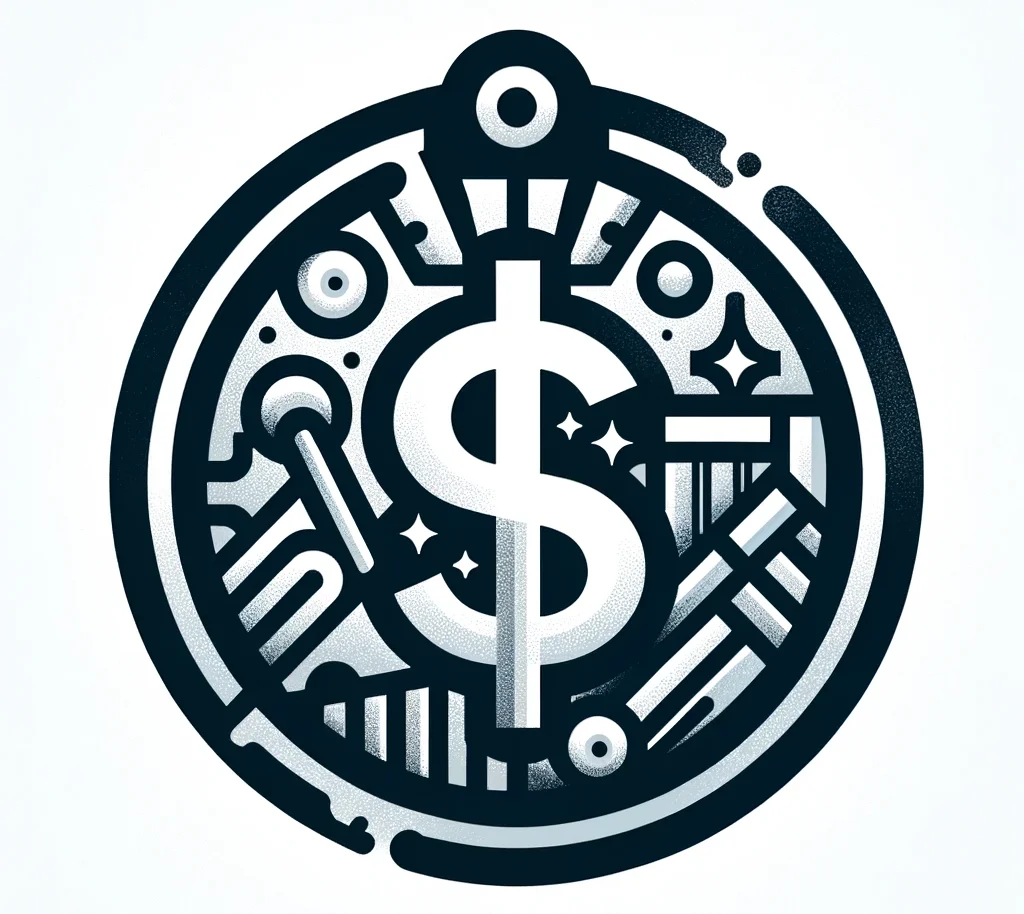CURRENT PRICE
$179.22
30 DAYS AVG. PRICE
$176.74
Stay updated with the latest market prices for Steel. Get real-time insights into current rates to make informed decisions for buying or selling.
Over the past 30 days, Steel scrap prices reached a high of $191.04/ton and dipped to a low of $168.80/ton.
Price Chart for Steel for a Month, Year
Explore comprehensive charts displaying the price trends of Steel over the past month and year. Visualize fluctuations and patterns to assess market dynamics.
Week
Month
Year
All
Table of Price Changes for Steel
Review a detailed table showing the historical price changes for Steel scrap. Each entry provides precise information to help you track price movements and forecast future trends.
| DATE | PRICE PER POUND |
|---|---|
| 2024-07-27 | ▼179.22$ / ton |
| 2024-07-26 | ▲191.04$ / ton |
| 2024-07-25 | ▼179.61$ / ton |
| 2024-07-24 | ▲188.51$ / ton |
| 2024-07-23 | ▲181.08$ / ton |
| 2024-07-22 | ▼177.33$ / ton |
| 2024-07-21 | ▲183.88$ / ton |
| 2024-07-20 | ▲181.76$ / ton |
| 2024-07-19 | ▼169.50$ / ton |
| 2024-07-18 | ▼172.35$ / ton |
| 2024-07-17 | ▲185.32$ / ton |
| 2024-07-16 | ▲177.81$ / ton |
| 2024-07-15 | ▲168.99$ / ton |
| 2024-07-14 | ▼168.80$ / ton |
| 2024-07-13 | ▼170.26$ / ton |
| 2024-07-12 | ▼175.43$ / ton |
| 2024-07-11 | ▲183.23$ / ton |
| 2024-07-10 | ▼169.45$ / ton |
| 2024-07-09 | ▲179.82$ / ton |
| 2024-07-08 | ▼173.46$ / ton |
| 2024-07-07 | ▲180.55$ / ton |
| 2024-07-06 | ▼170.57$ / ton |
| 2024-07-05 | ▲180.98$ / ton |
| 2024-07-04 | ▲173.85$ / ton |
| 2024-07-03 | ▼171.74$ / ton |
| 2024-07-02 | ▲180.68$ / ton |
| 2024-07-01 | ▲171.88$ / ton |
| 2024-06-30 | ▲170.19$ / ton |
| 2024-06-29 | ▼169.37$ / ton |
| 2024-06-28 | 174.44$ / ton |
